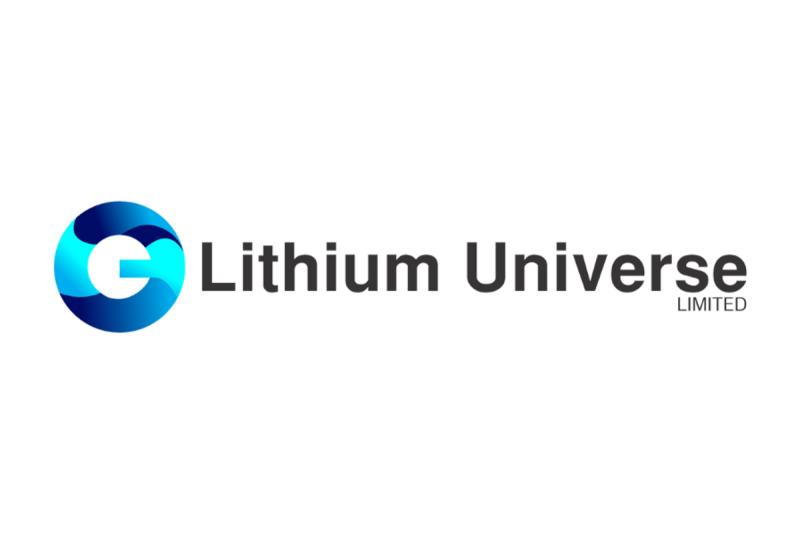There is a notable disparity between the demand for lithium, a critical component in electric vehicle (EV) batteries, and the ability to convert raw lithium sources into battery-grade material, particularly in North America. This deficit, known as the lithium conversion gap, is quickly becoming a pressing issue that needs to be addressed. This problem arises from several distinct challenges involving the extraction, processing, and supply chain management of lithium resources.
One of the primary barriers is North America’s lack of lithium processing plants. Lithium is often produced as a byproduct of other mining activities, and once mined, must undergo a process called conversion. This crucial stage of the process further refines the raw lithium into a ‘battery-grade’ product, suitable for use in EV batteries. However, the vast majority of this conversion capacity currently lies overseas, particularly in China, creating a distinct gap in North America’s lithium supply chain.
Existing lithium resources in North America are relatively untouched, in part, due to the high production costs. In contrast, countries such as Chile and Australia, where lithium is abundant and the extraction costs are significantly low, dominate the global lithium market. The high cost of lithium production facilities in North America, combined with long start-up times and relatively low lithium prices, often makes opening such facilities economically unfeasible. Consequently, the mined lithium is typically shipped to China and other nations for conversion.
The environmental concerns also contribute to the lithium conversion gap. The process of lithium mining and conversion can be environmentally damaging, often generating large amounts of waste and consuming an abundance of water. While these issues have not precluded lithium production in other parts of the world, they represent a significant hurdle in the more environmentally conscious North American market.
There are a few potential solutions to closing the lithium conversion gap. Firstly, innovative technologies can be developed and employed that help reduce the environmental impact and the cost of lithium extraction and conversion. Furthermore, geopolitical and economic motivations could incentivize the establishment of a more robust domestic lithium supply chain in North America.
Another avenue worth exploring is securing more lithium recycling mechanisms within North America. A large percentage of lithium used in EV batteries, especially end-of-life batteries, is not recycled. Improving recycling technologies and promoting their implementation can help alleviate the lithium conversion gap.
Government intervention can also play a role in this issue. Through subsidies, tax incentives, and regulation, governments could provide a more inviting landscape for the establishment and expansion of lithium conversion facilities within the North American market.
Ultimately, if North America wishes to produce a significant proportion of the world’s EVs and maintain competitiveness in the global market, a dedicated effort to close the lithium conversion gap will be necessary. This task will require collaborated efforts from government bodies, private sector stakeholders, and scientific research communities.




